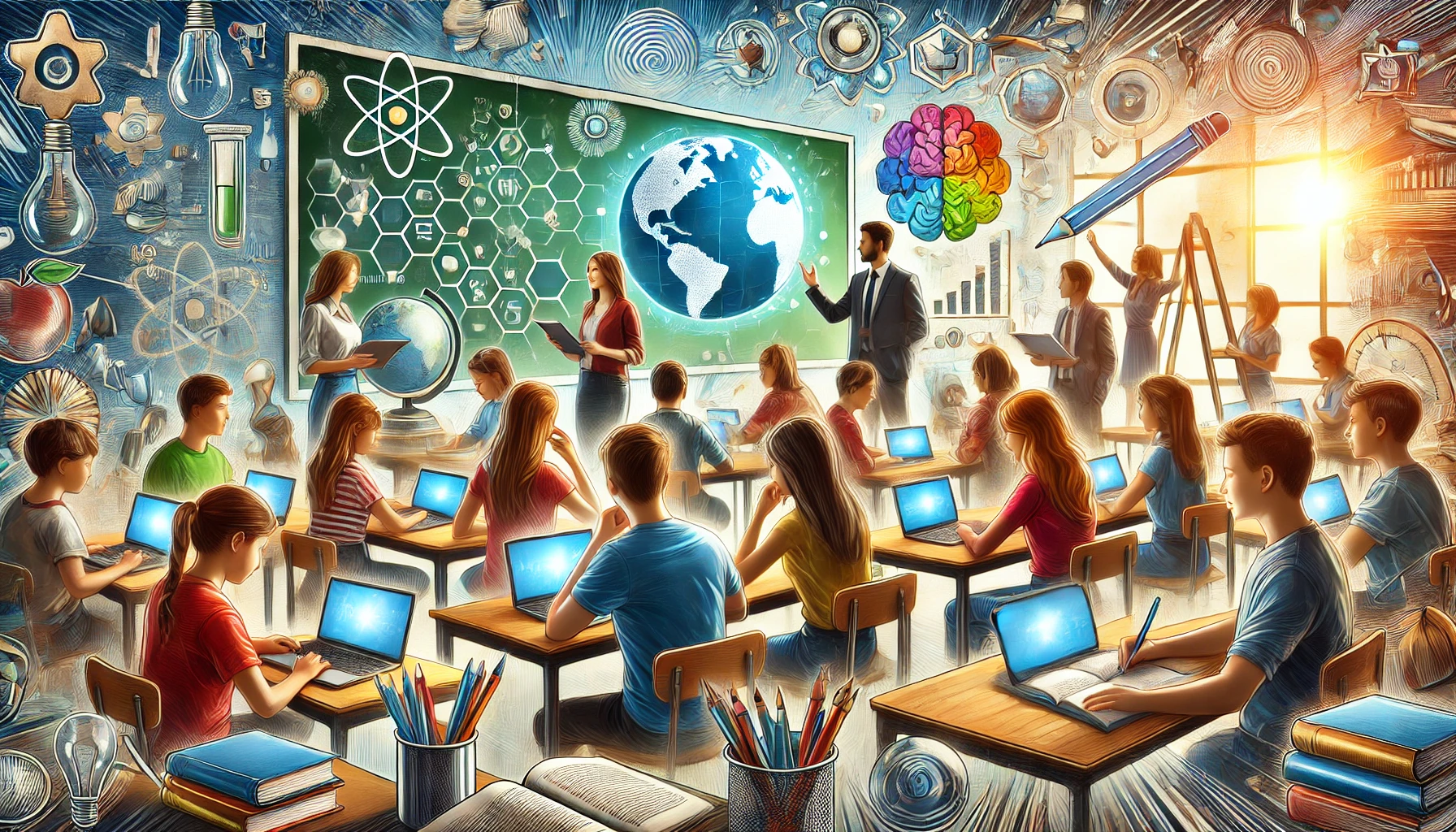What are different education policy in brief ??
National Policy on Education (NPE), 1968
Focus: First comprehensive education policy, initiated after India’s independence.
Key Objectives:Promoted equal access to education for all.Emphasized the use of regional languages and the three-language formula (mother tongue, Hindi, and English).Encouraged the development of science and technology in education.Aimed for a 6% allocation of GDP towards education.Aimed for a 6% allocation of GDP towards education.
Impact: Laid the groundwork for national integration and language development, though its implementation was uneven
National Policy on Education (NPE), 1986
Focus: Reforming and expanding education to meet the needs of a growing population.
Key Objectives:Focused on access to education and reducing inequalities, particularly for disadvantaged groups (women, SC/ST, minorities).
Stressed the universalization of elementary education and adult literacy programs.
Increased focus on vocational education to bridge the gap between academics and the job market.
Encouraged the development of Open Universities for distance learning.
Impact: Promoted expansion of educational opportunities, and introduced schemes like Operation Blackboard to improve school infrastructure.
National Education Policy (NEP), 1992 (Revised NPE 1986)
Focus: Minor revision and reaffirmation of the 1986 policy.
Key Objectives:Reiterated the goals of the NPE 1986, with more attention to the quality of education.
Emphasized decentralization of management in education and more teacher empowerment.
Enhanced focus on technical and vocational education.
Impact: Provided continuity to the initiatives of the 1986 policy, with emphasis on quality improvement and management reforms.
Right to Education Act (RTE), 2009
Focus: Made free and compulsory education a fundamental right for children aged 6 to 14 years.
Key Objectives:Ensured the provision of free education in government schools.
Set minimum standards for schools, including teacher qualifications and student-teacher ratios.
Prohibited the practice of screening children during admission and corporal punishment.
Impact: Major milestone in universalizing elementary education and ensuring that every child has access to schooling.
National Education Policy (NEP), 2020
Focus: A transformational shift in education aimed at holistic development, inclusivity, flexibility, and preparing students for the 21st century.
Key Objectives:New School Structure: Introduced the 5+3+3+4 system (foundational, preparatory, middle, secondary) instead of the traditional 10+2.
Emphasis on Early Childhood Education: Focused on integrating Early Childhood Care and Education (ECCE) into formal schooling.
Holistic Learning: Promotes multidisciplinary and flexible education at all levels.
Vocational Education: Introduced from Grade 6, with internships and skill training.
Higher Education Reforms: Proposed multiple entry and exit points in undergraduate programs, with the introduction of multidisciplinary universities.
Digital Education: Emphasized the use of technology and digital learning platforms.
Regulatory Framework: Streamlined into a single body, the Higher Education Commission of India (HECI).
Impact: Aims to overhaul India’s education system to align with global standards and prepare learners for future challenges.
Other Notable Policies and Initiatives:
Sarva Shiksha Abhiyan (SSA), 2001: Aimed at universalizing elementary education and improving the quality of primary education.
Rashtriya Madhyamik Shiksha Abhiyan (RMSA), 2009: Focused on enhancing access to secondary education, with special attention to marginalized sections.
National Skills Qualification Framework (NSQF), 2013: A policy to promote vocational education and provide a structured system for skill development and employment.
These policies reflect the government’s evolving approach to making education more accessible, equitable, and aligned with the country’s socio-economic needs. The NEP 2020 represents the most recent and significant overhaul, focusing on transforming education for the modern age .
